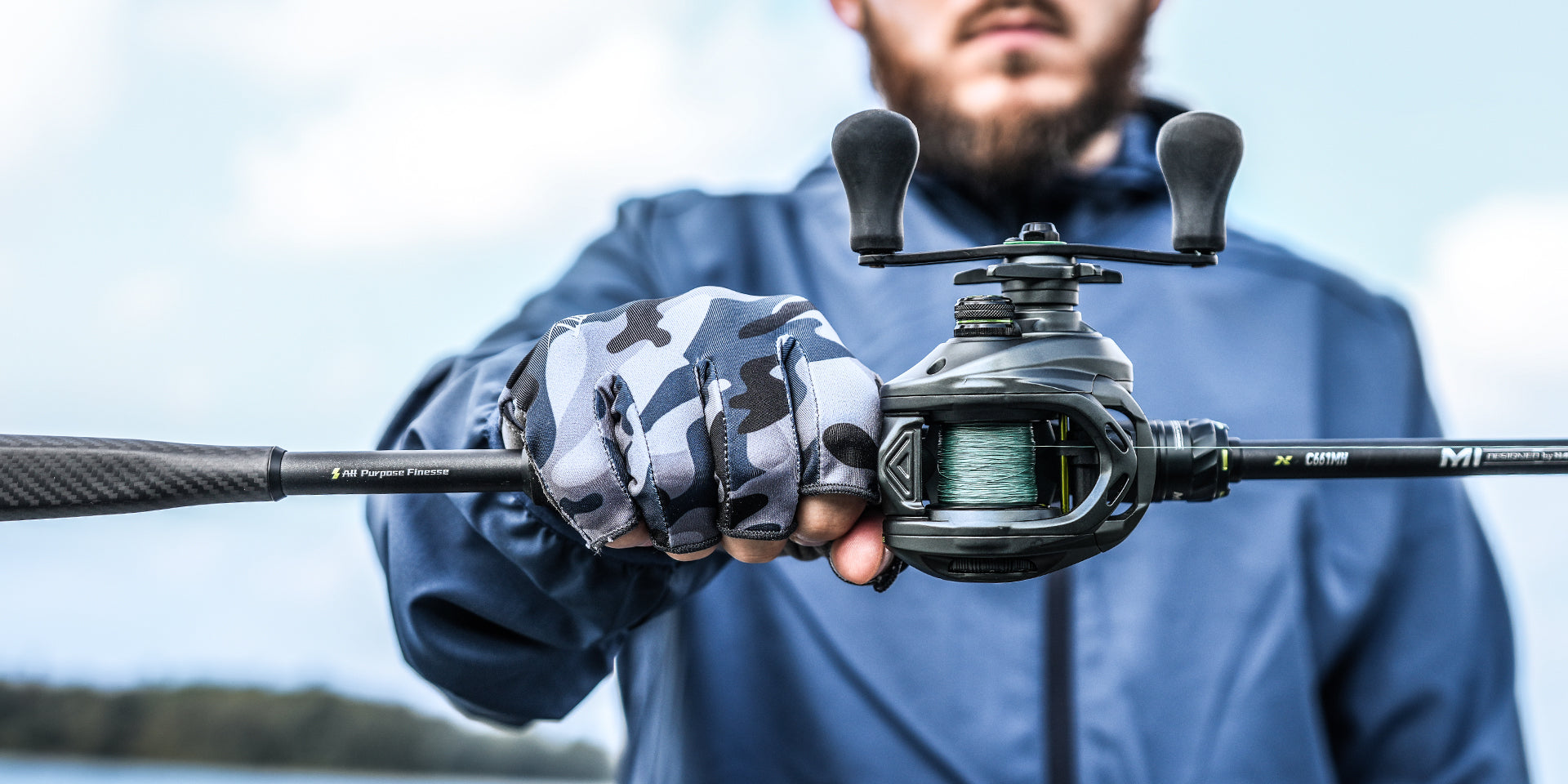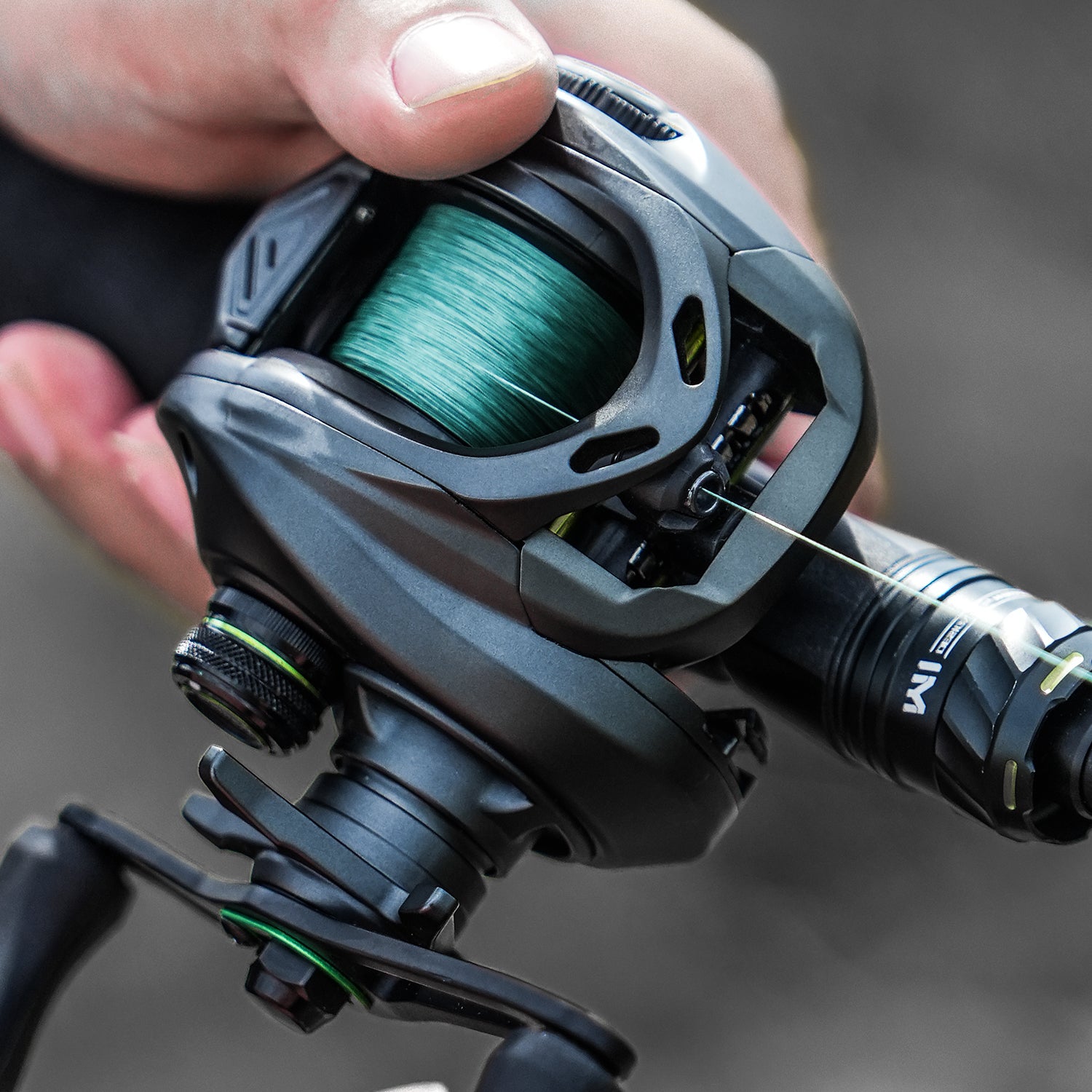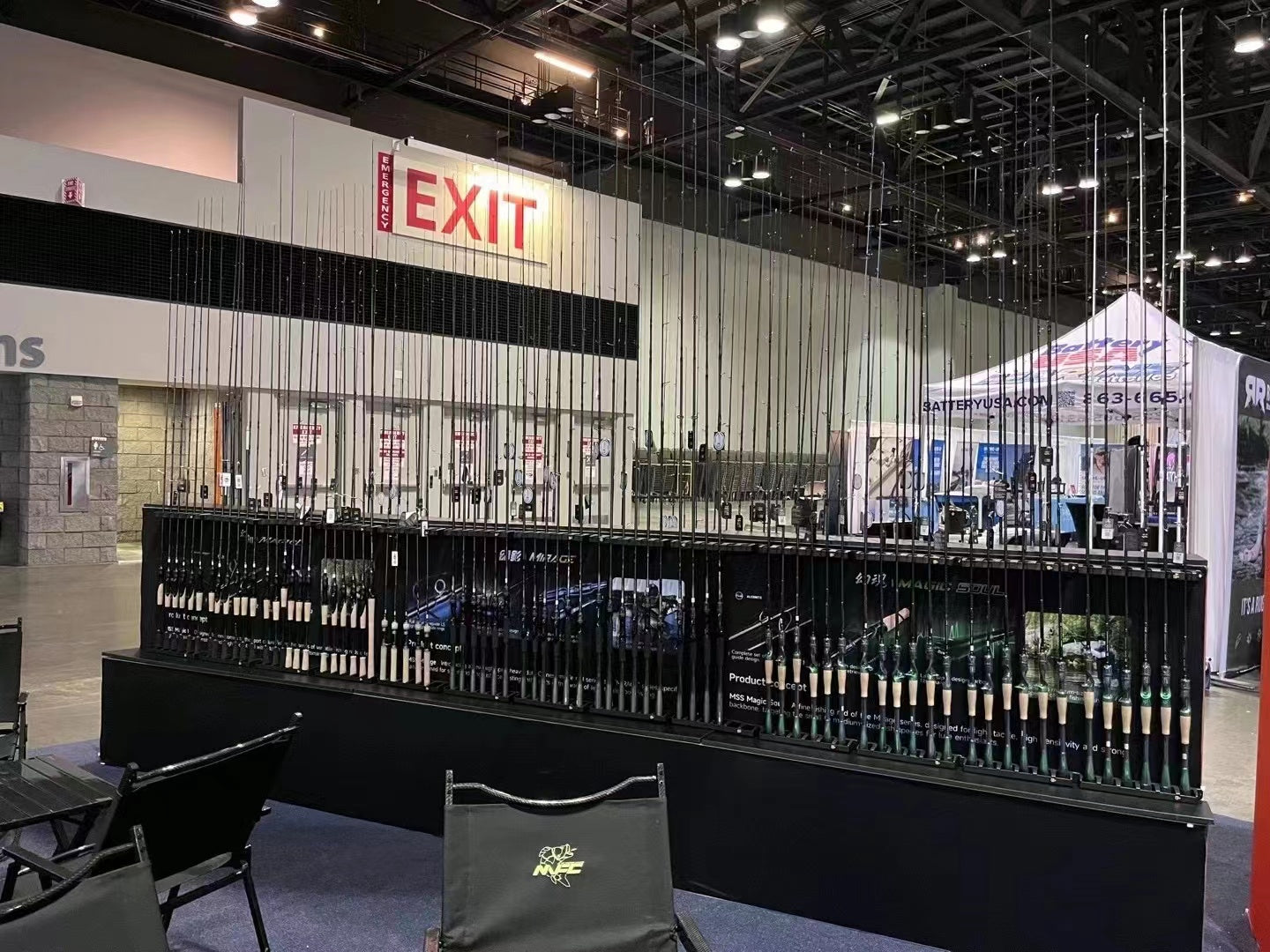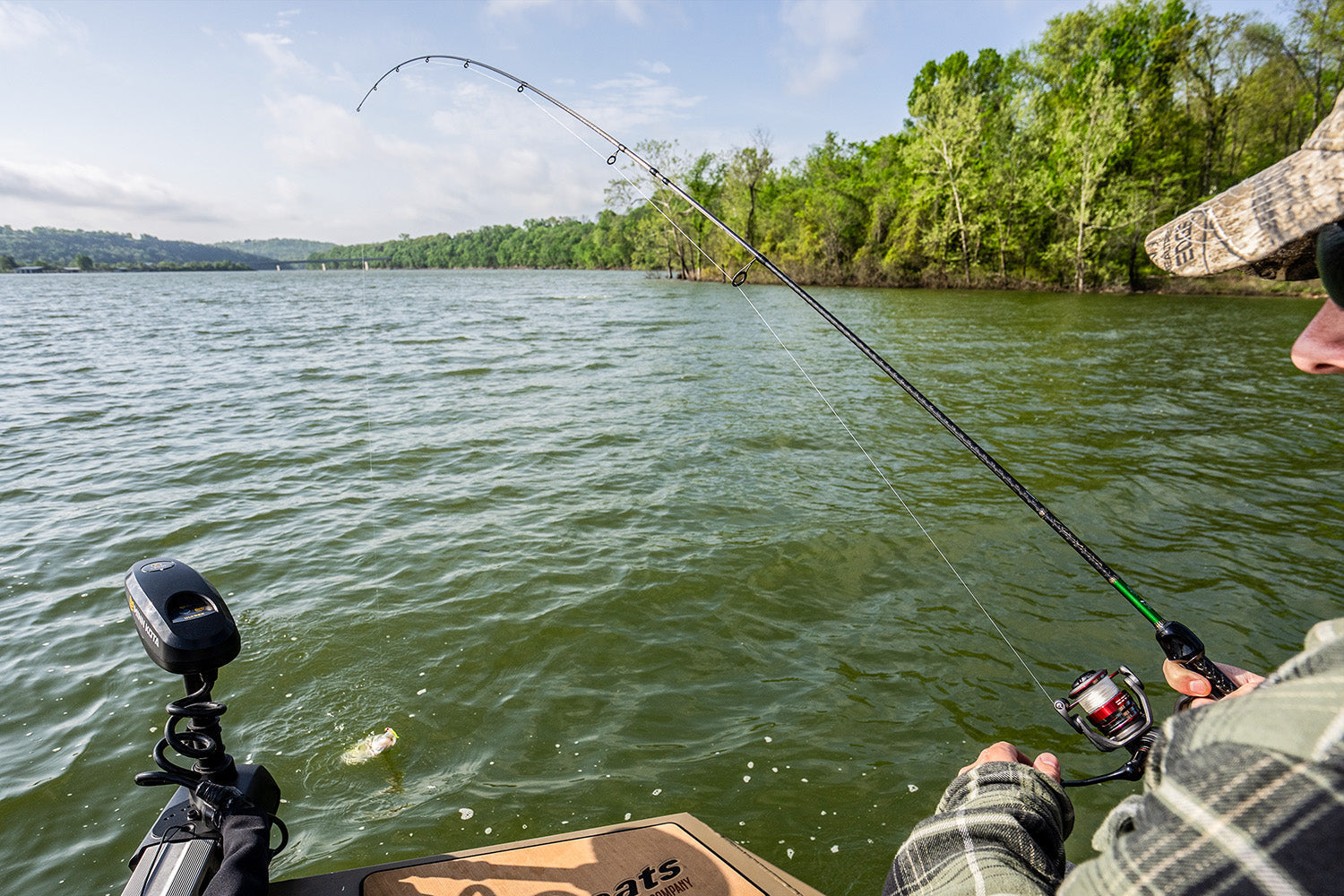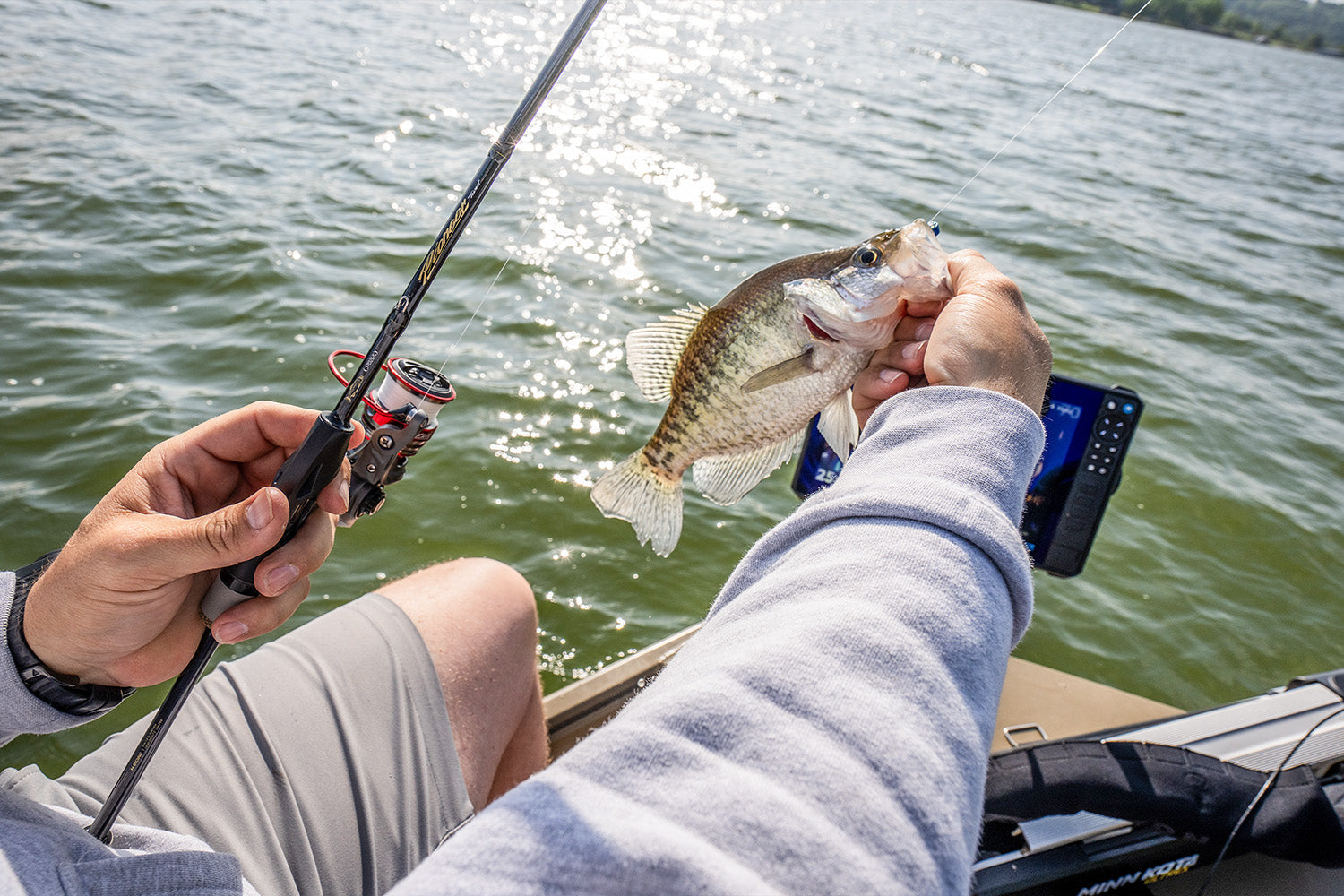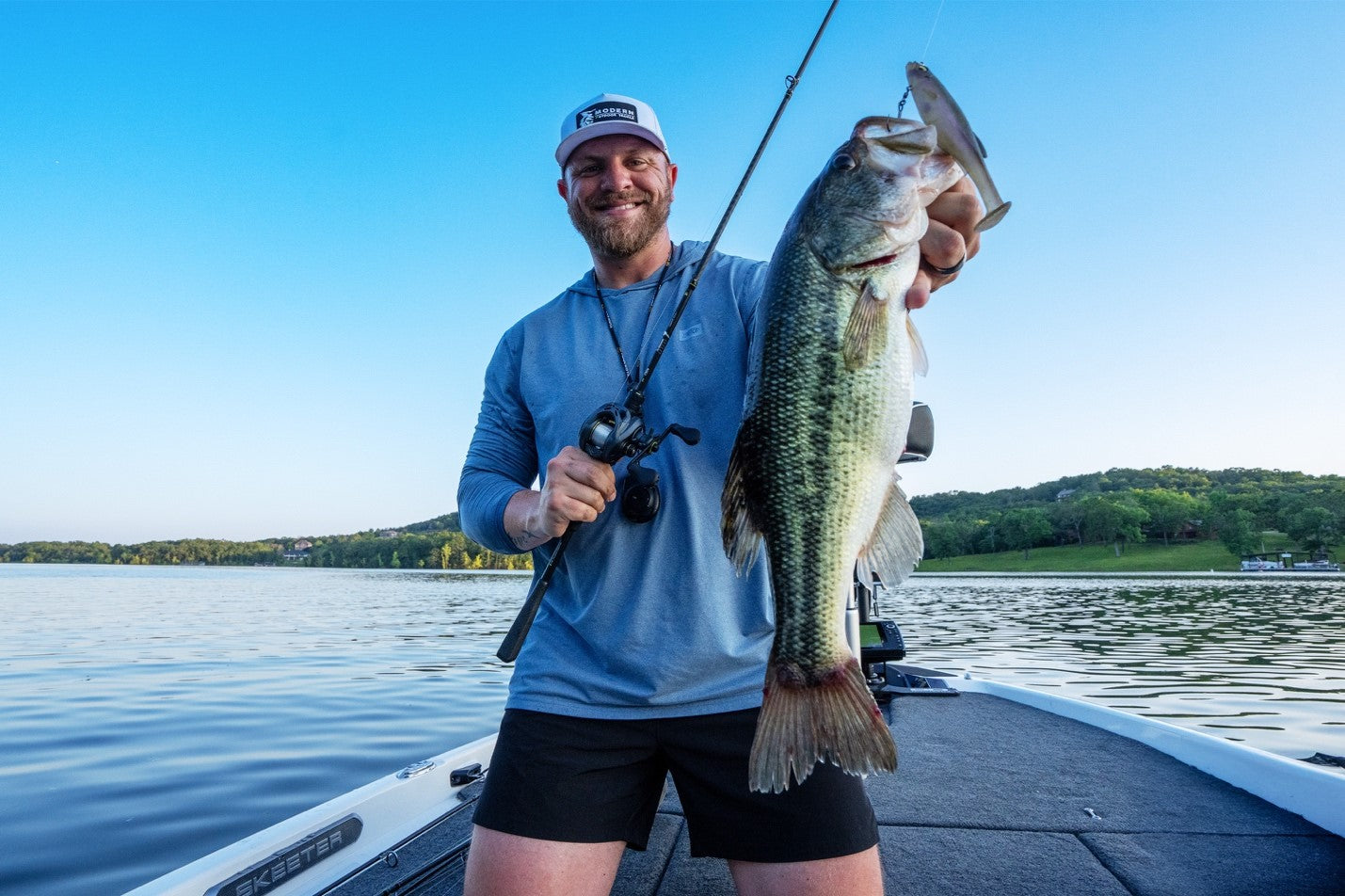Imagine being on the water, casting precisely, but the fish get away just when you're about to reel them in. It might not be your technique at all – it could be your rod's action. Rod action affects the way and the place your rod bends under stress, which in turn affects your casting accuracy, hook-setting strength, and fish-fighting ability. This knowledge can turn a mediocre angler into a consistently successful one.
What is Fishing Rod Action

Rod action refers to where a rod bends most noticeably when under stress. This critical attribute affects performance, from casting to the landing of your catch.
Rod action determines how your fishing rod bends. When under pressure, different sections bend to different degrees. This determines whether the rod has fast, moderate, or slow action. The bending point directly affects sensitivity, casting, and fighting fish.
What Influences Rod Action?

Several factors shape a rod's action. The taper design, which refers to how the rod’s diameter changes from butt to tip, plays a crucial role. A rod that remains thick into the upper sections bends closer to the tip, indicating fast action.
Material matters, too. Graphite rods are typically faster due to their stiffness and quick recovery. Fiberglass rods tend to be slower because of their flexibility and softer feel.
Manufacturing techniques, like how reinforcement materials and carbon fibers are layered, fine-tune the bending point. These details distinguish quality rods from mediocre ones, even within the same action category.
Highlighting Why Action Truly Matters
| Performance Factor | How Action Affects It |
| Casting Distance | Proper action loads efficiently with your lure weight |
| Casting Accuracy | Matched action provides better control and precision |
| Hookset Power | Different actions deliver varying hookset strength |
| Sensitivity | Action location affects vibration transmission |
| Fish Fighting | Bend pattern influences shock absorption and control |
What Are The Main Types of Fishing Rod Action?
There are three major rod actions that the world of fishing has identified, each for particular techniques and applications. They all excel at certain situations but fall short at others.
Fast Action: When Should People Use It?
Fast action rods primarily bend in the upper quarter to one-third, favored by bass anglers for certain techniques.
Characteristics of Fast Action Rods
These rods are stiff along most of their length, with tip flexibility. They recover well, which makes them sensitive and provides immediate power transmission on hooksets. This is ideal for feeling vibrations like bottom changes, vegetation contacts, and fish contacts. The stiff backbone gives high hooksetting power to push through hard jaws. However, this power can cause lost fish when hooks pull out during sudden changes in the fish's direction.
Best Techniques for Fast Action
- Jigging: High sensitivity for subtle bites and bottom changes.
- Texas Rigging: Strong hookset power for penetrating cover.
- Carolina Rigging: Great for bottom contact awareness.
- Topwater Walking Baits: Quick tip recovery for erratic lure action.
- Topwater Poppers: Precise rod movement control.
Moderate Action: Is It Truly Versatile?
Moderate action rods flex through about half the blank and are most often the most versatile rod type for most fishing conditions.
Characteristics of Moderate Action Rods
These rods are optimally balanced in sensitivity and forgiveness. Their deeper bend makes casting easier and accommodates a range of lure weights. Their recovery speed is moderate, providing sufficient sensitivity and shock absorption during fights. This makes them extremely well-suited for treble hook lures, helping prevent hooks from being ejected. Softer action also keeps hooks securely set while possessing control over the fish.
Best Techniques for Moderate Action
Crankbait Fishing: Perfect for treble hooks, delivering repetitive lure action by soaking up resistance during diving actions.
Spinnerbaits and Swimbaits: Rod load capacity assists in longer casts, and the balanced power manages varying retrieve speeds with ease.
Slow Action: When Does It Excel?
Slow action rods flex across much of their length, offering a unique fishing experience compared to faster actions.
These rods load deeply, frequently to the handle, and thus are highly resistant to casting light lures for long distances. Every part of the rod engages in loading and energy transfer, providing excellent shock absorption to protect light lines and prevent hook pullouts during fights. Sensitivity is sacrificed since the vibrations must travel through more material, but often the loss is acceptable when executing finesse or when maximum casting distance is sought.
How Do I Match Rod Action to Techniques and Species?
Choosing the right rod involves balancing several factors to achieve the best performance.
Quick Reference Guide
| Rod Action | Best For | Avoid For |
| Fast | Single hook lures, heavy cover, quick hooksets | Treble hook baits, light lures, finesse fishing |
| Moderate | Treble hook lures, versatile techniques, open water | Heavy cover fishing, ultra-light presentations |
| Slow | Light lures, finesse fishing, maximum casting distance | Heavy cover, aggressive hooksets needed |
Consider Lure Type
Single Hook Lures: Jigs and Texas rigs work best with fast action rods for solid hooksets.
Treble Hook Lures: Moderate action rods balance power and forgiveness for crankbaits and spinnerbaits, preventing hooks from tearing.
Light Lures: Slow action rods load easily and maximize casting distance. When the lure weight is too light, casting performance suffers.
Species-Specific Recommendations
| Target Species | Recommended Action | Primary Reason |
| Bass (Power Fishing) | Fast | Strong hooksets through cover |
| Bass (Finesse) | Moderate | Balance of sensitivity and forgiveness |
| Trout | Moderate to Slow | Protects light lines and delicate mouths |
| Panfish | Slow | Maximizes fun with light tackle |
| Walleye | Fast to Moderate | Sensitivity for detecting subtle bites |
Consider Fishing Environment
Heavy cover situations demand fast action rods that can muscle fish away from structure quickly. The immediate power transfer prevents fish from reaching sanctuary in thick vegetation or rocky areas.
Open water fishing allows more latitude in action selection. Moderate to slow action rods work well when fish have room to run and fights can develop naturally without cover interference.
Line Type Considerations
| Line Type | Best Action Match | Reason |
| Braided Line | Fast | No stretch requires rod to provide forgiveness |
| Monofilament | Moderate to Slow | Line stretch works with rod flex |
| Fluorocarbon | Fast to Moderate | Low stretch benefits from some rod give |
Rod Action vs. Power: Knowing the Difference

Most anglers confuse rod action with rod power, but these are actually two different characteristics. Power is how much a rod resists bending – i.e., how much effort it takes to bend it. Think of power as the weight-lifting capacity of the rod or its strength.
Action, though, is where the rod bends. A fast-action rod can be light, medium, or heavy power, and the same goes for slow-action rods.
Here's a quick summary:
| Characteristic | What It Controls | Example |
| Action | Where the rod bends | Fast action bends near the tip |
| Power | How much force you need to bend it | Heavy power needs more force |
Why is this significant? Because choosing the right fishing tackle equates action and power to the technique you're using. A light-power, fast-action rod is perfect for finicky bass fishing, while a heavy-power, fast-action rod is perfect for flipping big lures into thick bushes.
Find the Right Rod Action for Your Fishing
The rod's action actually makes a tremendous difference in how well you fish. It determines everything from the accuracy of your casts to the frequency with which you catch fish. Fast actions give you sensitivity and hook-setting ability. Medium actions are great all-around and forgiving, and slow actions are perfect for casting long distances and presenting lures gently. Try out various actions and see what works best for your style of fishing and the fish you're trying to catch.


